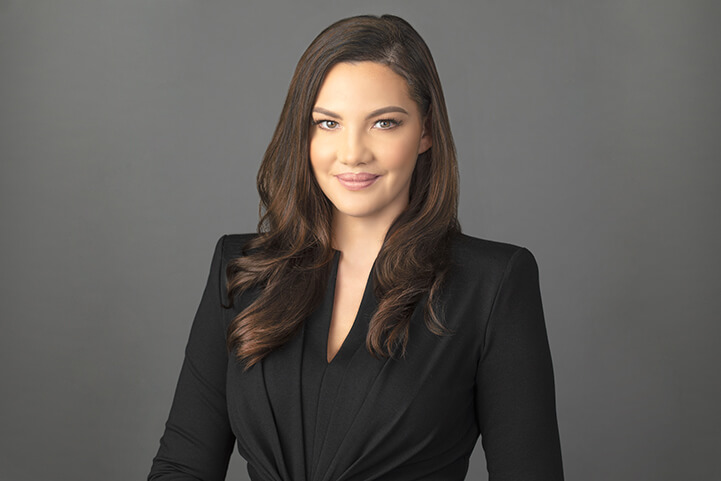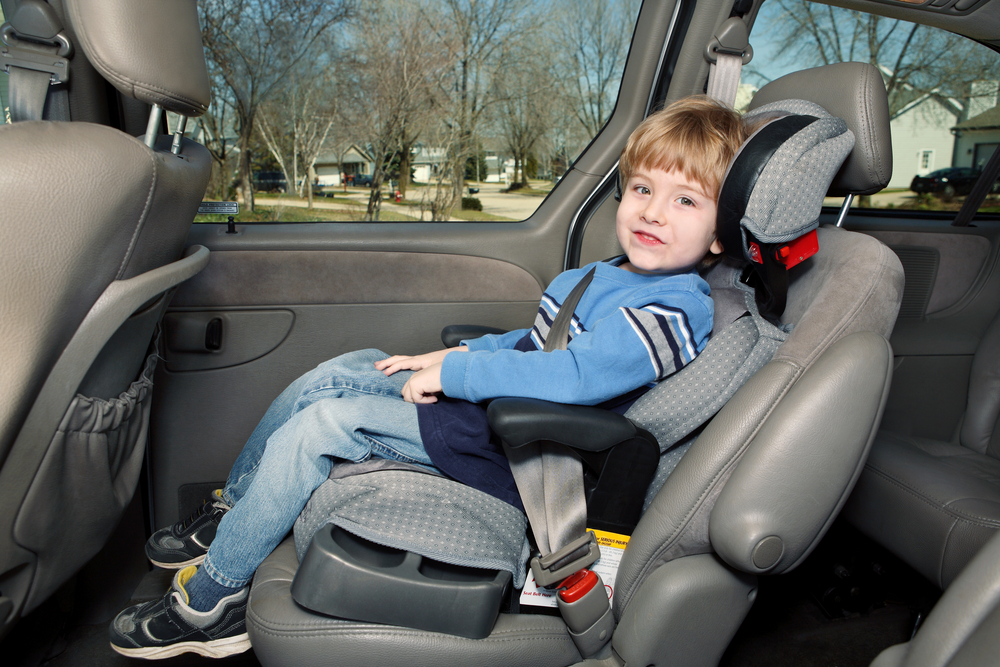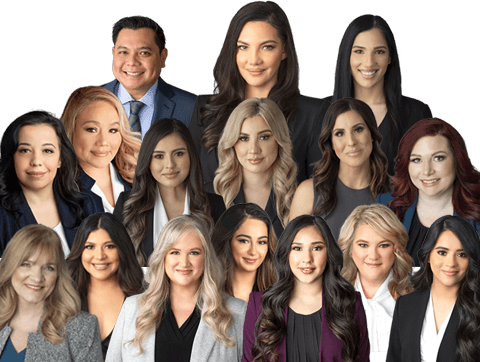
Attorney at Gina Corena & Associates
Practice Areas: Personal Injury

Child safety is a top priority for any parent. This is particularly true on the road. Nevada’s car seat and booster seat laws protect children while traveling in vehicles. Understanding these laws is essential for keeping your child safe—and avoiding legal penalties. This guide will break down the rules, types of child restraints, and practical tips for compliance.
Nevada law mandates that children under six weighing less than 60 pounds must be secured in an approved child restraint system while traveling in a vehicle. This regulation is governed by NRS 484B.157, a statute that prioritizes child safety and seeks to minimize injuries during car accidents.
Failing to comply with these laws can result in significant penalties:
Why are these laws so important? Proper use of car seats reduces the risk of fatal injuries by 71% for infants and 54% for toddlers, according to the National Highway Traffic Safety Administration (NHTSA).
“Child car seat misuse remains alarmingly common, with nearly 46% of car seats improperly installed or misused.” – National Highway Traffic Safety Administration (NHTSA)

The type of car seat or booster seat required depends on a child’s age, weight, and height. Here’s a closer look:
Rear-facing seats are essential for newborns and infants. They provide critical support for the child’s head, neck, and spine.
A child can transition to a forward-facing seat with a harness once they outgrow the rear-facing seat.
Booster seats elevate children so the vehicle’s seat belt fits properly over their chest and lap.
When a child outgrows the booster seat, they can transition to regular seat belts.

Nevada law provides a few exceptions to child car seat and booster laws:
Improper car seat installation is a common cause of injuries. Follow these tips to ensure your child’s seat is secure:
“Under NRS 484B.157, any driver transporting a child under the age of 6 and weighing less than 60 pounds must use an appropriate child restraint system.”
| Age Range | Weight Limit | Height Limit | Required Restraint Type |
| Birth to 2 years | Up to 35 lbs | N/A | Rear-Facing Car Seat |
| 2 to 4 years | 22-65 lbs | N/A | Forward-Facing Car Seat |
| 4 to 8 years | 40-80 lbs | Under 4’9” | Booster Seat |
| 8 years and older | Over 80 lbs | 4’9” or taller | Seat Belt |
Fines can reach up to $500. Drivers may also be required to attend parenting classes to learn about child safety.
While Nevada law exempts rideshare services like Uber or Lyft, using a portable booster seat is still a wise decision.
No. Using expired or damaged car seats is unsafe and non-compliant. Always check the manufacturer’s expiration date.
Visit a car seat inspection station. Many police departments and fire stations offer free checks.
Speak with a certified Child Passenger Safety Technician (CPST) for tailored advice.
Understanding and following Nevada’s car and booster seat laws is critical for your child’s safety. From birth to their teenage years, children need the appropriate restraint for their size and age to minimize risks in case of accidents.
If you’re ever unsure about your child’s car seat needs or have legal concerns related to Nevada’s car seat laws, Gina Corena & Associates—led by an experienced Las Vegas car accident attorney—can provide guidance and support. Let us help you prioritize safety and stay informed about your rights and responsibilities. Contact us to schedule a free consultation.
Ensuring your child’s safety is the best decision you can make today.

As founder of Gina Corena & Associates, she is dedicated to fighting for the rights of the people who suffer life-changing personal injuries in car, truck and motorcycle accidents as well as other types of personal injury. Gina feels fortunate to serve the Nevada community and hold wrongdoers accountable for their harm to her clients.